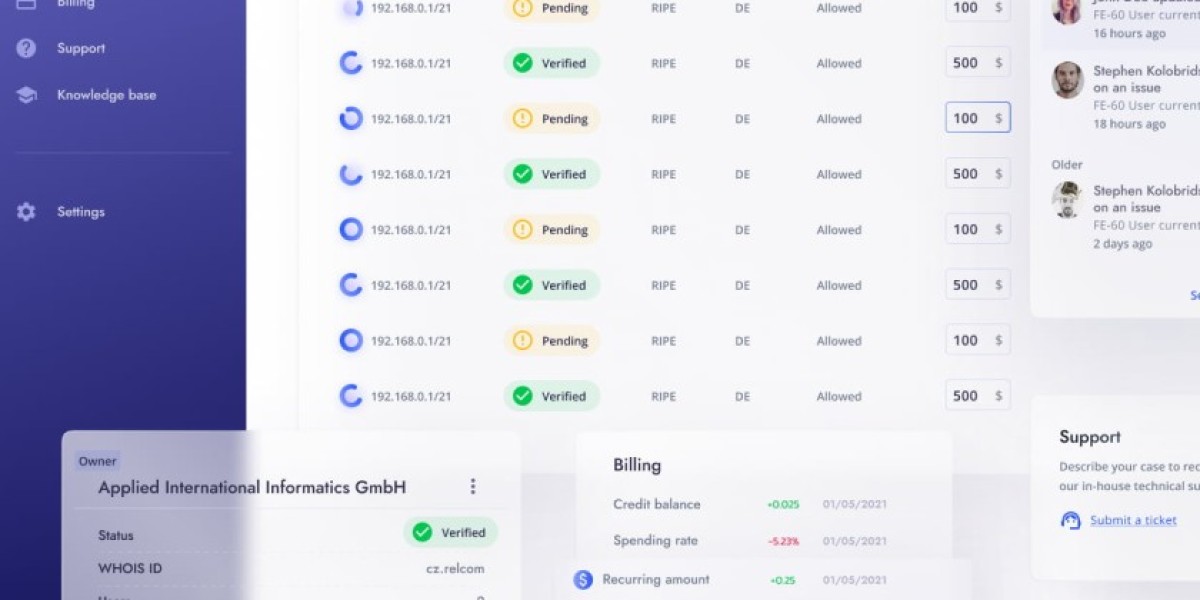Discover the Secret to Effortless Pool Cleaning with Automatic Vacuums!
Owning a pool is a dream for many, but the reality of pool maintenance can be quite daunting. From debris and leaves to dirt and algae, keeping your pool clean and inviting requires consistent effort. Not only is cleanliness crucial for the health of the water, but it also enhances the aesthetic appeal of your outdoor space. Fortunately, technology has come to the rescue with automatic pool cleaners, which provide an innovative and efficient solution to the challenge of pool maintenance. These devices are designed to take the hassle out of keeping your pool sparkling clean, allowing you to enjoy your oasis without the constant worry of cleaning.

Understanding Automatic Pool Cleaners
Automatic pool cleaners are devices that autonomously remove debris from swimming pools, effectively reducing the manual labor involved in pool maintenance. They operate based on different mechanisms and come in a variety of types, primarily suction-side cleaners, pressure-side cleaners, and robotic cleaners. Suction-side cleaners attach to the pool's skimmer and use the pool’s filtration system to collect debris while they move around the pool. Pressure-side cleaners, on the other hand, utilize a pump to create pressure that allows them to dislodge debris and capture it in a separate bag. Robotic cleaners are the most advanced; they are self-contained units powered by electricity that can navigate the pool independently, utilizing sophisticated sensors to cover every inch of the surface and floor. Each type of cleaner has its unique advantages, and understanding their functionality is key to choosing the right one for your needs.
Advantages of Using Automatic Pool Cleaners
Automatic pool cleaners offer numerous advantages over traditional manual cleaning methods. One of the most significant benefits is efficiency; these devices can clean the pool in a fraction of the time it takes to do it manually. Friends of mine who own pools have often mentioned how much time they save by using an automatic cleaner, allowing them to spend more time enjoying their pool rather than laboring over it. Additionally, automatic cleaners are highly effective at removing debris, ensuring that your pool remains clear and inviting. They also contribute to maintaining water clarity by filtering out fine particles and algae that can cause the water to look murky. Beyond efficiency and effectiveness, many automatic pool cleaners are designed to be energy-efficient, which can help reduce your overall electricity costs. Lastly, their ease of use means that anyone can operate them, making pool maintenance accessible to everyone, regardless of their physical ability or experience level.
Choosing the Right Automatic Pool Cleaner
When selecting the best automatic pool cleaner, several factors should be considered to ensure that it meets your specific cleaning needs. The type of pool you have (in-ground or above-ground) and its size are critical in determining which cleaner will be most effective. Additionally, consider the coverage area; some cleaners are designed to cover the entire pool, while others may focus on specific areas. The type of filter used is also important; some models have built-in bags for debris collection, while others rely on your pool's filtration system. Price ranges can vary widely, so it’s essential to assess your budget and what features are most important to you. Engaging with pool experts or reading user reviews can provide valuable insights into what might suit your needs, ensuring you invest in a cleaner that will enhance your pool maintenance routine.
Maintenance and Care for Automatic Pool Cleaners
To keep your automatic pool cleaner functioning optimally, regular maintenance is crucial. This includes cleaning the filter, checking for wear and tear on the brushes, and ensuring that the hoses are free from clogs. It's also a good idea to inspect the cleaner after each use for any signs of damage or malfunction. Some common issues, like getting stuck on pool steps or having reduced suction, can often be resolved with simple troubleshooting steps. By taking care of your automatic pool cleaner, you can prolong its lifespan, ensuring it continues to serve you well for years to come.
Streamlining Your Pool Maintenance
In summary, automatic pool cleaners are a game-changer for pool maintenance, offering efficiency, effectiveness, and ease of use. They reduce the time and effort required to keep your pool clean, allowing you to enjoy your swimming experience without the hassle. Whether you’re a seasoned pool owner or just beginning your journey, investing in an automatic pool cleaner can significantly simplify your maintenance routine. So why not take the plunge and make your pool cleaning experience hassle-free? Your future self will thank you!







